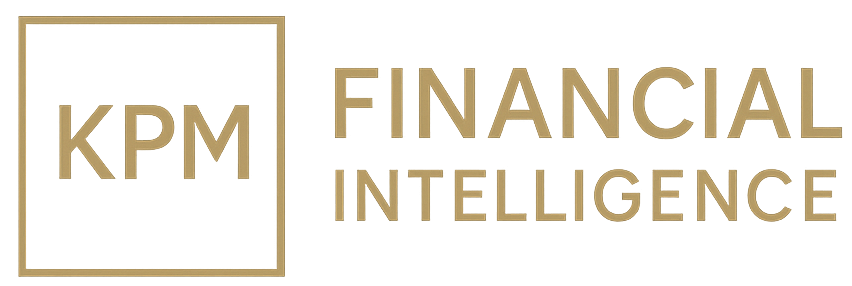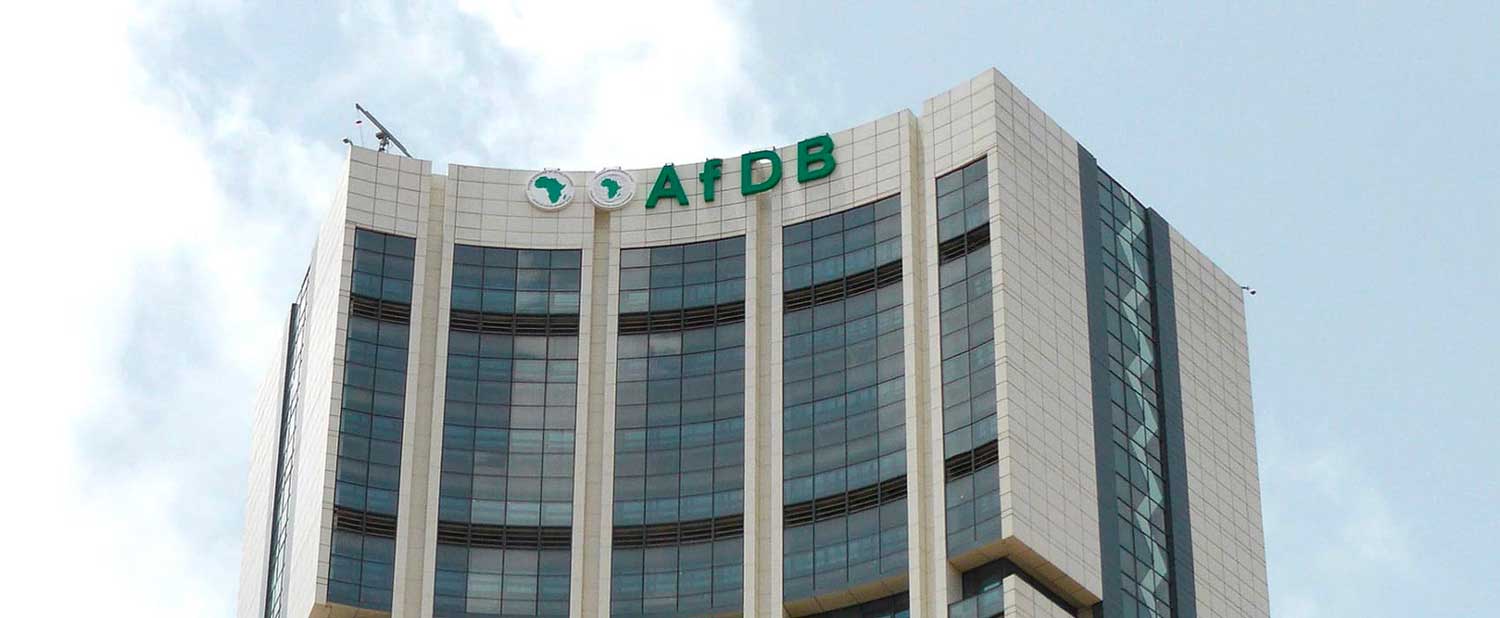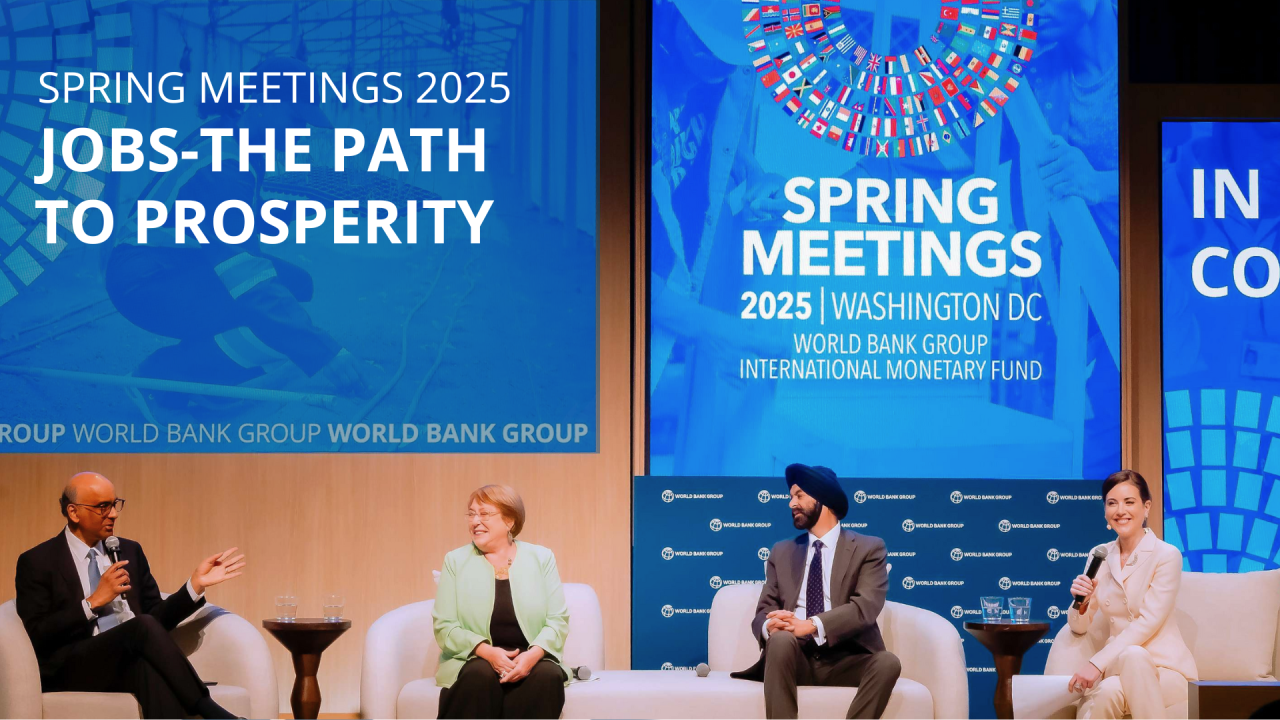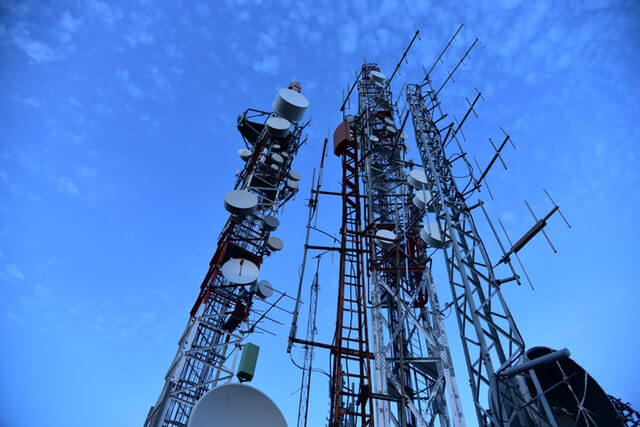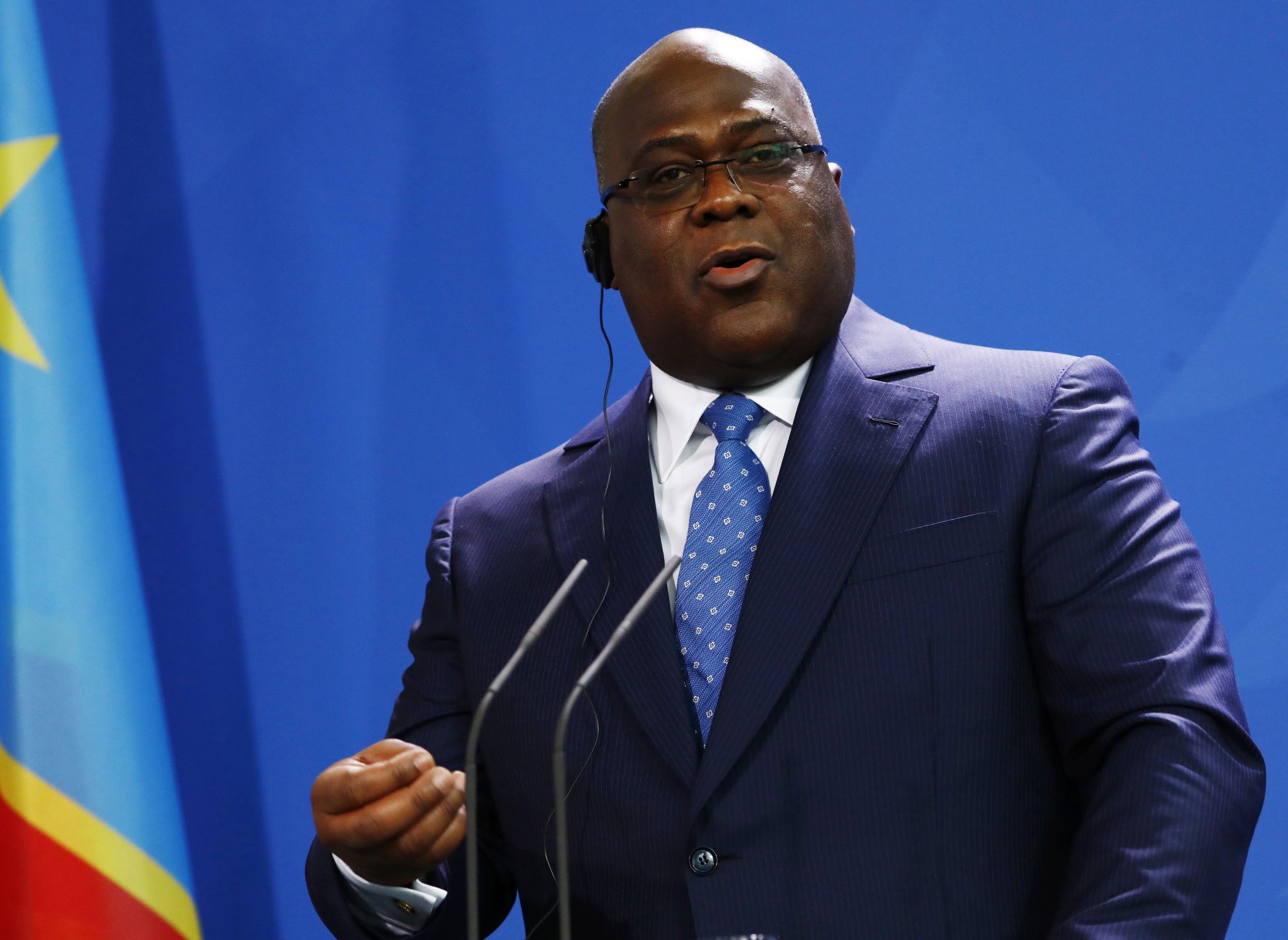Egypt’s Energy Paradox and the Risk-Reward Equation for ENI, BP, CVX, and TTE
Eni (BIT:ENI) commits $8bn to Egypt, betting on Zohr’s output and LNG hub ambitions. With BP (LSE:BP), TotalEnergies (EPA:TTE), Chevron (NYSE:CVX), ExxonMobil (NYSE:XOM), and banks like COMI (EGX:COMI) watching, Cairo’s export–import paradox is a high-stakes stress test.
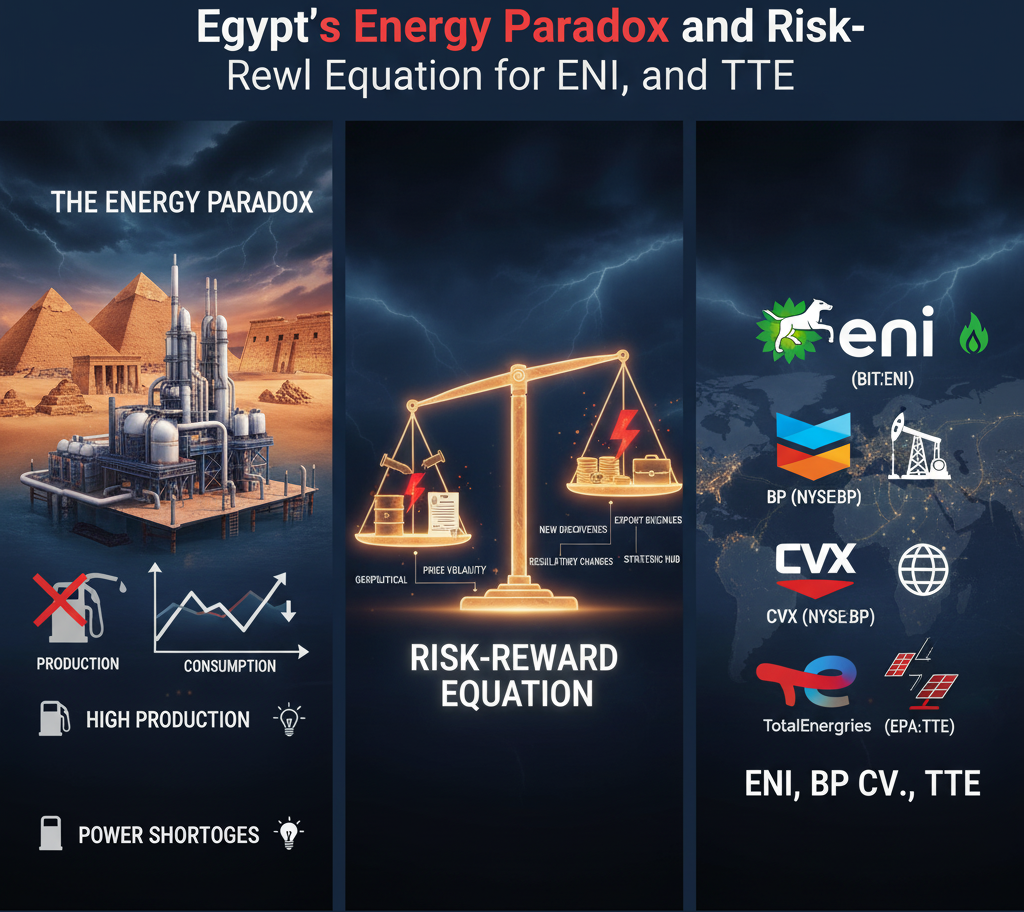
When Italian energy major Eni (BIT:ENI) confirmed plans to invest US$8 billion in Egypt’s upstream sector over the next five years, the headlines echoed ambition. The announcement, coupled with new export agreements, an LNG import terminal proposal, and the imminent resumption of drilling at the Zohr field, underscores Egypt’s dual strategy: position itself as the Eastern Mediterranean’s primary gas hub while managing persistent domestic energy shortfalls. For investors, the question is whether Cairo can execute at scale or whether risks will erode the promised upside.
The investment plan is the anchor. Eni has pledged to expand exploration, redevelop mature fields, and integrate production into Egypt’s export infrastructure. The company already accounts for around 40 percent of Egypt’s gas output, producing roughly 280,000 barrels of oil equivalent per day (boe/d) in 2024. With $8 billion committed, Eni is effectively betting that Egypt’s geology, infrastructure, and political support will sustain returns over the next decade.
Alongside this commitment, Egypt and Cyprus signed a Host Government Agreement (HGA) that will allow Cypriot gas from the Cronos field to be exported through Egypt’s liquefaction facilities at Idku and Damietta. This elevates Egypt from producer to regional transit corridor. If managed effectively, it could secure transit revenues and enhance Cairo’s geopolitical leverage in the East Med, particularly as Europe seeks alternatives to Russian supply.
Paradoxically, even as Egypt sets itself up as an exporter, it is planning to import gas. Talks are underway for a US$150 million LNG import terminal in Damietta. The need arises from surging domestic demand—electricity load recently hit 39,500 MW, a record high amid summer heatwaves—combined with temporary production shortfalls. The terminal highlights the tension at the heart of Egypt’s energy model: exports to Europe and regional partners on one hand, and the need to keep domestic lights on and factories running on the other.
The operational linchpin is Zohr, the supergiant gas field discovered by Eni in 2015 that helped Egypt achieve temporary gas self-sufficiency in 2018. A drilling rig is scheduled to arrive by late January to restart work, underscoring that plans are not just aspirational but entering execution. Eni previously pledged US$7.7 billion for Zohr’s expansion and associated exploration, a figure that complements the broader $8 billion commitment. For investors, the Zohr rig is a hard milestone: production must ramp up to validate the export and hub narrative.
Financially, the stakes are high. Egypt has been battling currency volatility, high inflation, and heavy external debt obligations. Any increase in gas exports would boost foreign currency earnings, strengthen the balance of payments, and ease sovereign credit pressures. Egyptian Eurobonds currently trade at distressed levels, with yields exceeding 12 percent, reflecting elevated default risk. Successful execution of energy projects could help compress spreads, while failure would deepen fiscal stress.
For Eni, returns depend on stable offtake agreements and predictable policy. Energy majors have learned that infrastructure alone does not guarantee profitability; it is the combination of commodity prices, sovereign contracts, and local stability that determines returns. With global LNG prices fluctuating sharply since 2022, investors must stress-test cash flow projections. At $8 per MMBtu, Egyptian LNG exports could be highly profitable; at $4, margins shrink, especially if imports are simultaneously needed at higher costs.
For equity investors in Egyptian energy-linked plays, the story is equally complex. While Eni is listed in Milan, regional banks and utilities such as Commercial International Bank (EGX:COMI), QNB Alahli (EGX:QNBA), and listed power-sector firms could benefit indirectly from greater forex inflows or suffer if gas shortages persist. For bondholders, the gas hub strategy is material to sovereign repayment capacity. For global energy investors, the success of East Med projects has direct competitive implications for peers such as BP (LSE:BP), TotalEnergies (EPA:TTE), Chevron (NYSE:CVX), and ExxonMobil (NYSE:XOM), all of which have exposure to Mediterranean gas exploration. LNG shipping companies like Golar LNG (NASDAQ:GLNG) and Flex LNG (NYSE:FLNG) also stand to gain from incremental cargo flows if Egypt’s hub ambitions are realized.
Risks abound. Delays in rig deployment, cost overruns, or weaker-than-expected yields at Zohr could derail timelines. Import reliance exposes Egypt to global LNG price swings, potentially making imports more expensive than exports are profitable. Transit risk remains high, given geopolitical disputes over East Med maritime boundaries. Domestic politics—subsidy reform, consumer energy pricing, and regulatory consistency—will also weigh heavily on returns.
Yet the upside is equally visible. If Eni and Egypt succeed in synchronizing upstream expansion, transit agreements, and LNG infrastructure, Cairo could secure its role as the East Med’s indispensable hub. This would anchor Egypt’s place in Europe’s diversification strategy, attract further foreign investment, and strengthen its fiscal resilience. The $8 billion headline figure is therefore less about capital than about credibility: whether Egypt can deliver on its promises.
For investors, the key is to track milestones rather than rhetoric. Does the Zohr rig arrive and deliver meaningful production uplift? Do Cypriot flows materialize through Egyptian LNG plants by 2026? Is the LNG import terminal commissioned on time and at cost? Does domestic demand growth remain manageable, or will imports erode the fiscal balance?
Egypt’s energy narrative is no longer just about potential; it is about execution. The simultaneous push to export and import, to act as hub and consumer, encapsulates both ambition and fragility. For investors in energy equities, banking stocks, or sovereign debt, the story is one of high reward if the hub dream holds, and significant downside if operational or macro risks overwhelm the plan. In that tension lies the true analytical challenge: Egypt’s gas gamble is either a launchpad to resilience or another chapter in the country’s cycle of overpromising and underdelivering.
